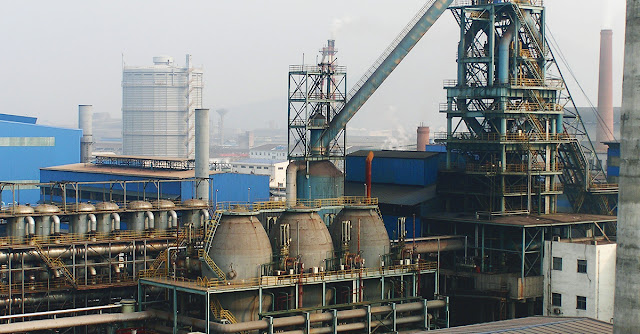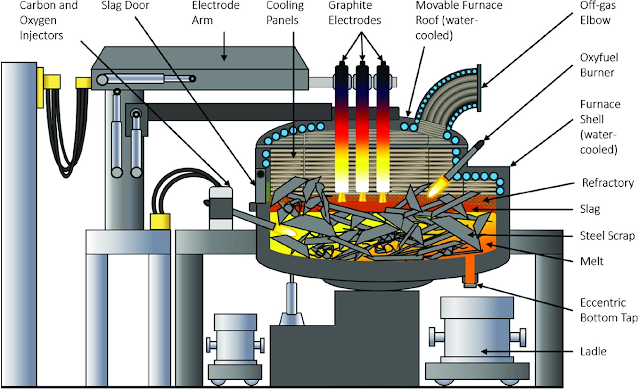Reasonable Charge Structure of Iron ore Blast Furnace
Reasonable Charge Structure of Blast Furnace
The reasonable burden structure of the blast furnace refers to the reasonable combination of sinter, pellet, and natural lump ore in a certain period and under certain resource conditions, so as to obtain ideal technical and economic benefits. There are roughly three types of blast furnace burden structures in the world. In Asia, the blast furnace in Japan is represented. They are mainly high alkalinity sinter, supplemented with acid pellet and natural lump ore; In North America, the pellet has become the main charge of the blast furnace; In Europe, sinter and pellet account for half of the blast furnace burden. Iron ore crushing is a very important step in iron ore processing. The reason why the blast furnace burden structure in different regions has such great differences is basically determined by the iron ore resource conditions. The coarse-grained rich ore (6 ~ 0 mm) is suitable for sintering, while the fine-grained concentrate powder (I > 85% in a 0.074 mm particle size fraction) should produce pellets, and the massive rich ore can be directly smelted in the furnace.
The evolution of blast furnace burden structure in China has experienced three stages. Before the 1950s, it was basically rich in natural lump ore. From the 1950s to the 1970s, self fusible sinter gradually became the main raw material for ironmaking. With the development of the iron and steel industry, domestic iron ore can no longer meet the requirements. In the 1970s, iron ore powder was imported to make up for the shortage of sintering raw materials. At the same time, it was inspired by foreign sintering and ironmaking technology.
Rational Proportioning of Blast Furnace Ironmaking
The principle of reasonable burden of blast furnace: available iron ore resources at home and abroad; Meet the process requirements of sintering, pelletizing, and blast furnace; Obtain lower pig iron cost. China's blast furnace production capacity, geographical location, and iron ore resources at home and abroad determine that China's blast furnace burden is still dominated by sinter, and the proportion of pellets should gradually increase.
Chinese sintering workers have created a valuable experience in fine-grained concentrate sintering, and even adopt all iron concentrate powder for sintering. The obtained products should be matched with imported iron ore powder to balance a1:0., Keep a1:0, / SiO: in blast furnace slag at a reasonable level.
20 years ago, China's metallurgical industry generally believed that SiO in sinter should not be less than 6.00%, otherwise the strength cannot be guaranteed. However, in recent years, domestic production practice has proved that for sinters with high alkalinity, SiO: is reduced to less than 4.00%, and still has good strength. Finland's blast furnace, with advanced indicators in the world, has achieved excellent indicators of blast furnace utilization coefficient and comprehensive coke ratio, with high-grade (fe61.08%) and low SiO: (3.62%) sinter accounting for more than 70%. China's Fujian Sanming and Shandong Laiwu Iron and steel companies have similar practices. Therefore, the grade of iron concentrate used in the production of sinter should also be improved.
Free send inquiry to stella@hanrm.com if any needs.
Whatsapp/Wechat:+8615877652925
Website: https://www.hanrm.com
Furnace Transformer – Electric Arc Furnace
Melting Features of Medium Frequency Electric Furnace
Electric Arc Furnace VS The Intermediate Frequency Furnace
What are the Advantages and Disadvantages of Blast Furnace?
Characteristics of Electric Arc Furnace Steelmaking
Walking Beam Reheating Furnace VS Push-steel Reheating Furnace
Why Intermediate Frequency Furnace cannot be Turned on Normally?






.jpg)








没有评论:
发表评论